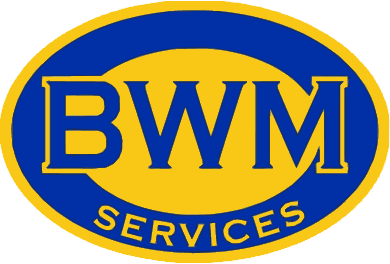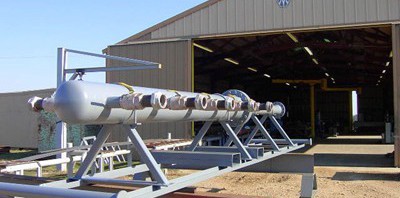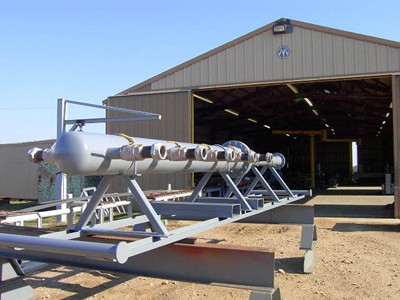Study Blueprints
You must read and comprehend the requirements of your specific welds before you tackle a job. Before you tackle a project, you will be give specifications, sketches or blueprints to study. Other times, you may only receive verbal orders from your manager or supervisor. Your ability to properly place welds, joining beams and joints together will determine the strength and safety of the structure. You must fully understand the directions (verbal or written) before you start welding.
Organize Effectively
It is important to gather the tools you’ll need before you begin each day to successfully complete a job and fulfill the requirements called for on the blueprints. You always need to be organized, especially when you’re working on areas that are far from your materials, such as on a tall building or a large ship. Usually, your part of the project will follow the fitters who have set the beams or joints in place. You will want to make sure you have the correct tools for the specific job because you are required to carry welder boxes that hold your tools weigh an average of 5o pounds. You may be required to work in two or three different areas of the building during the day.
Weld Proficiently
Safe and secure structures are created by you operating your welding equipment effectively. Welds need to be created at exactly the precise location to ensure the integrity of the structure. Your abilities to correctly read and follow the directions as the blueprints proscribe will be relied on by pipe fitters, electricians and ironworkers that you’ll be working alongside with. You will often be working in awkward positions, on high scaffolding or in high winds or other inclement weather environments so your skills and confidence are crucial.
Maintain Safety
According to the Bureau of Labor Statistics, ironworkers have one of the most dangerous jobs in the country. There is an extensive risk of burns, cuts and falls for structural welders working with the steel beams in large construction projects. You are required to wear safety equipment, such as hardhats and harnesses at all times when you are on a construction project. Your chances of getting hired are greatly increased when you have certifications from a vocational training program or groups such as the American Bureau of Shipping.
These are just the basic responsibilities of a structural welder. For more information or to apply for a career feel free to contact BWM Services with one of the links below.




Thanks for bringing this to our attention and for sharing all these essential responsibilities with us. It was a great read.